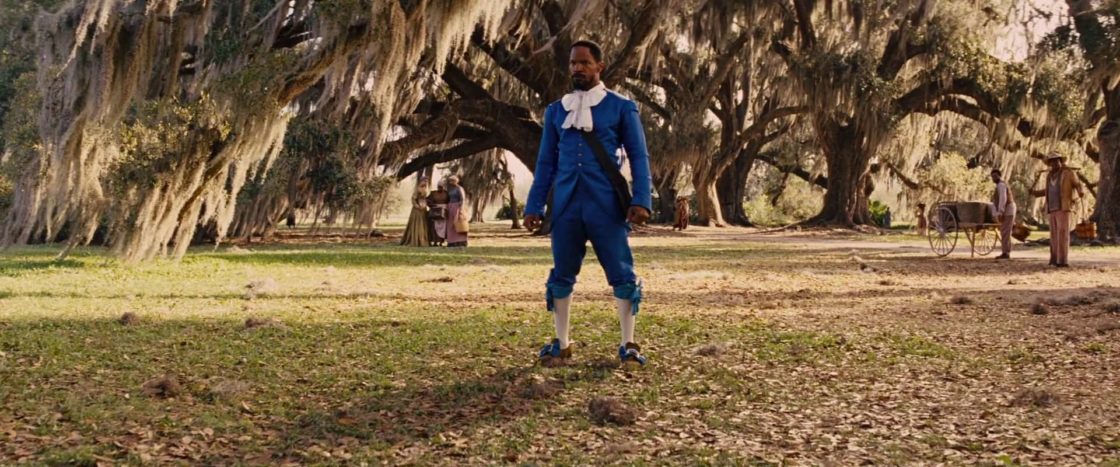How To Become A Professional Cinematographer
[/vc_column_text][/vc_column][/vc_row][vc_row full_width=”stretch_row_content_no_spaces” gap=”35″][vc_column width=”2/12″ css=”.vc_custom_1561015863493{padding-right: 20px !important;padding-left: 20px !important;}”][/vc_column][vc_column width=”6/12″][vc_column_text css=”.vc_custom_1565008100901{margin-bottom: 100px !important;}”]Do you want to make short films for a living? Do you already consider yourself as an experienced cinematographer, looking for the much deserved break to be considered as a professional filmmaker? Either way, here are some important things that you should know and equip yourself with in order to get the ball rolling.“Cinematography is all about the art of visual storytelling”
Technically, a cinematographer’s role is to operate a camera and setting up the lighting for every scene, but there is so much more.
The artistry of cinematography lies in controlling what the viewer sees and how the image is presented to them by choosing the right shooting techniques that are conveying the story you want to show as a filmmaker.
The best short films are those in which there are no dialogues and yet are praised by people because they understand what the filmmaker wanted them to take away from the film – which is not an easy task to master.
Here, we have listed down some widely used cinematography techniques for you that will help you shoot your scenes which can be well interpreted by your audience. Amatuer filmmakers and professional cinematographers, check out this blog to create the most iconic and engaging films.
1. Extreme Long Shot
An extreme long shot or extreme wide shot is used to show the subject from a distance, or the area in which the scene is taking place.
Extreme long shot captures a very long or wide area to show the scale of subjects with respect to their environment.
For example, a hiker is looking very small compared to huge snow covered landscape, the extreme long shot depicting the relative insignificance of the character struggling against their environment.
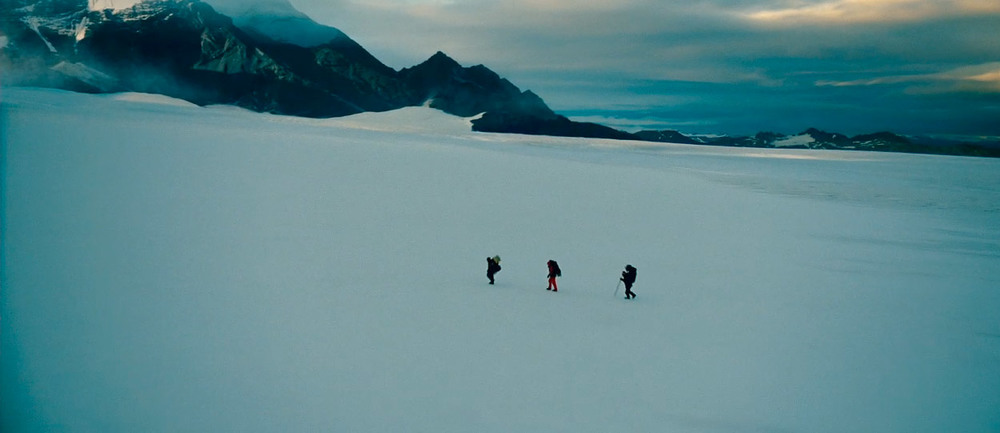 Source : The Secret Life of Walter Mitty (2013)
Source : The Secret Life of Walter Mitty (2013)
2. Long Shot
Long shot or wide shot shows the subject from top to bottom. For example, the shot of a person from head to toes may not necessarily occupy the whole frame. The subject is more in focus than in an extreme long shot.
The distance of the camera from its subject also reflects an emotional distance meaning viewers are still not emotionally involved in the scene. This shot often sets the scene and our character’s place in it. This is also used to make your viewers feel like casual bystanders.
Concentrate more on the resources you have rather than what you don’t. Use the world around you and make something unique out of nothing focusing on the perspective you are trying to portray via your craft. As Anurag Kashyap once said, “Your film might be low-budget, but it shouldn’t look like one.”
Source : Django Unchained (2012)
3. Medium Shot
The medium shot is where viewers are starting to engage with the characters on a personal level.
It allows viewers to move in a lot closer, but in a more informative way than emotional.
The frame typically features a person from the waist up, and are used for general group scenes with dialogues and interviews.It is commonly used for documentaries and news programs.
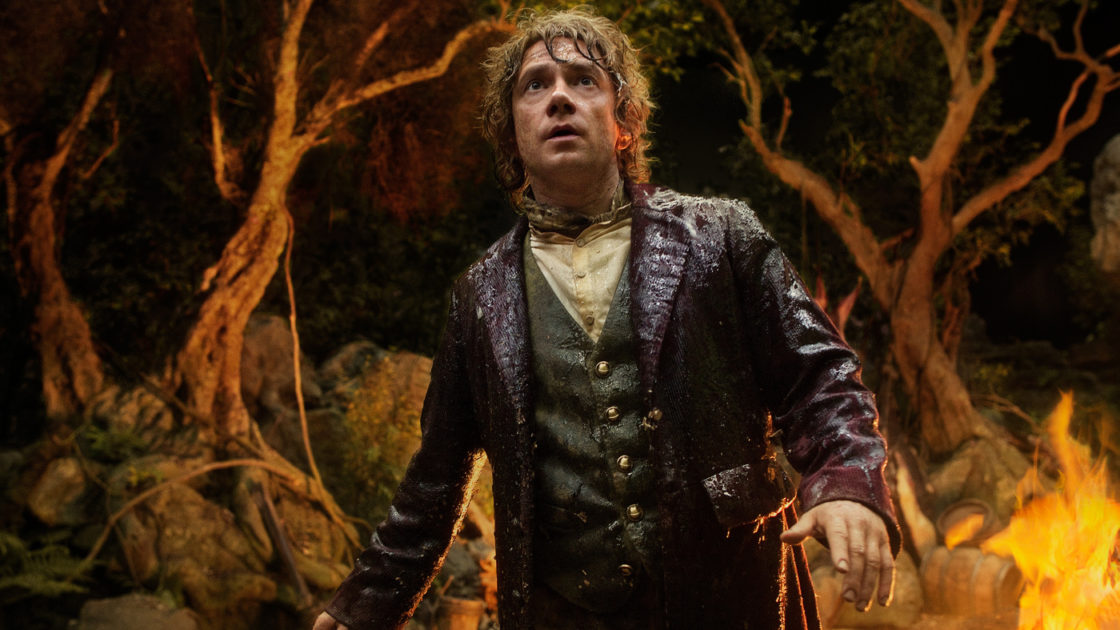
Source : The Hobbit – The Desolation of Smaug (2013)
4. Close-Up
The intentions, motives, emotions and physical expression of an actor are very much visible and dominating in this frame and is meant to engage the character in a direct and personal manner.
By framing less of the background and more of just the face, you are able to create an impact with the character’s facial expressions.
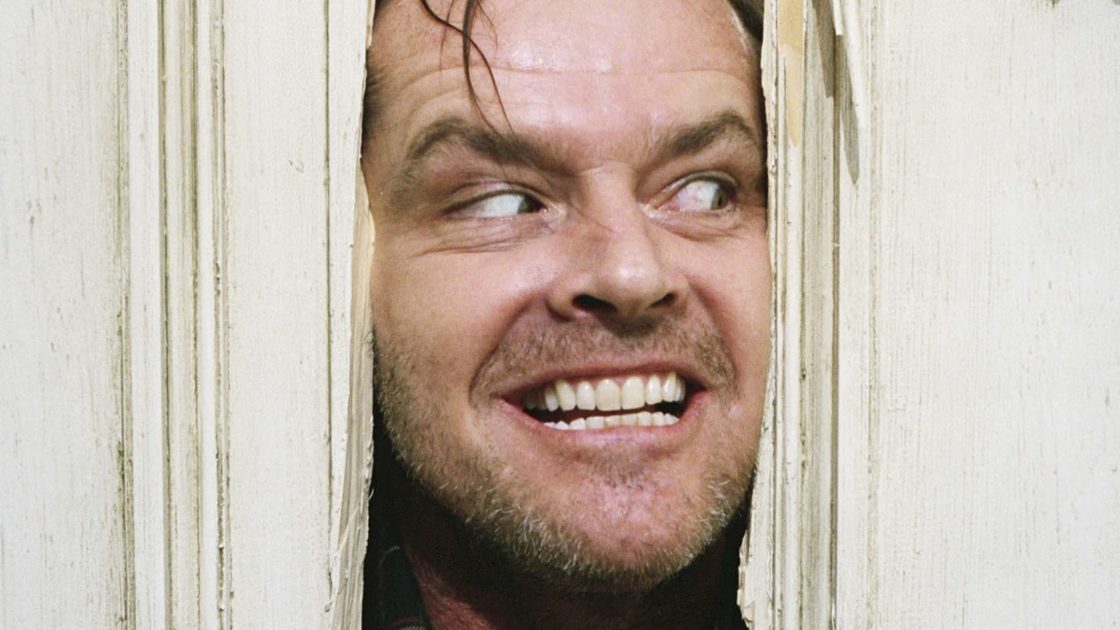
Source : The Shining (1980)
5. Extreme Close-Up
An extreme close-up shot is used sparingly and saved for moments when you need to increase the emotional intensity of a scene.
You can do this by really zooming in on the character’s face, sometimes just on the eyes, or even the hands.
It works just as well for objects, like the ticking hands of a clock or brush strokes. What the extreme close up lacks in context, it makes up for by taking a small event and making it enormous.
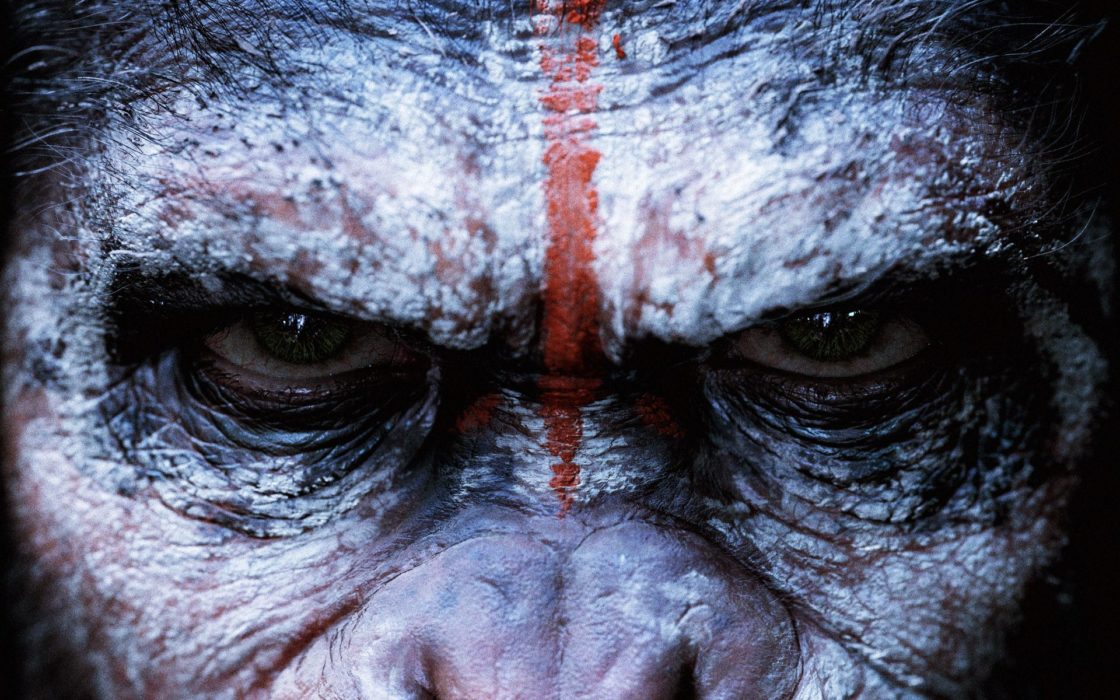
Source : Dawn of the Planet of the Apes (2014)
6. Dutch Angle
A dutch angle is a canted angle that gives the audience a viewpoint that comes at a tilt. The desired effect of a Dutch angle, or Dutch tilt, is as if the viewer tilts their head to one side of the other.
To execute the dutch angle shot, you simply need to rotate the camera to either side until verticals like people and buildings are tilted and the horizon is no longer parallel with the bottom of the frame.
This is used sparingly in narrative filmmaking, usually for disorientation or uneasy psychological state.

Source : Inception (2010)
7. Bird’s Eye Shot
A bird eye shot is similar to the extreme long shot – this starts to get into the abstract realm of shapes and lines.
The shot gives the audience a wider view and is useful for showing direction and that the subject is moving, to highlight special relations, or reveal to the audience elements outside the boundaries of the character’s awareness
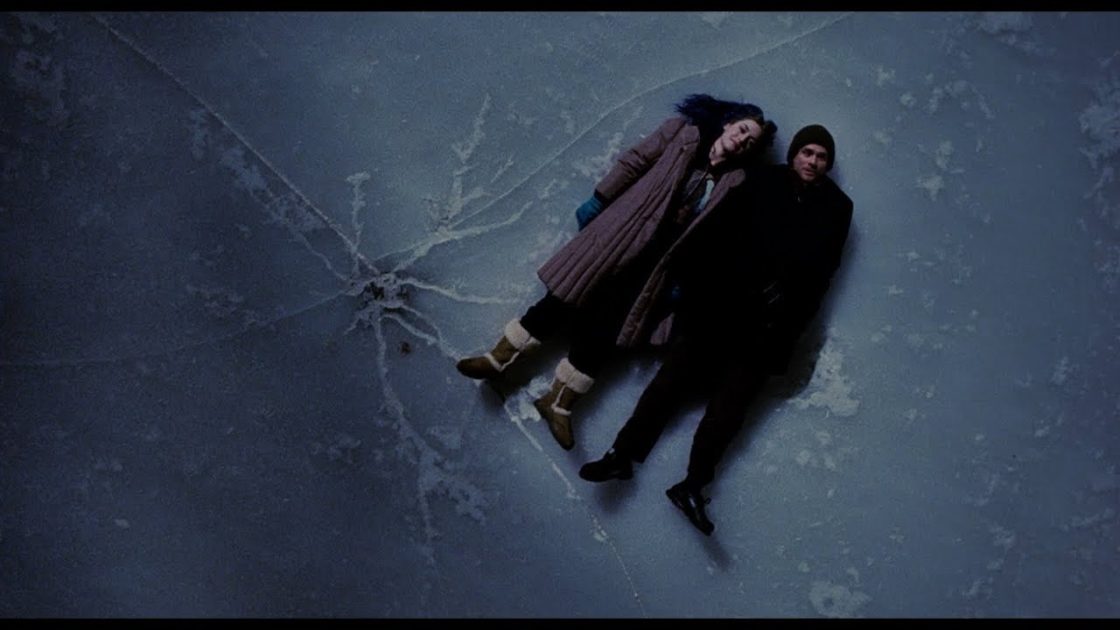
Source : Eternal Sunshine of the Spotless Mind (2014)
These basic lessons should get you thinking like a cinematographer. Treat your camera as another character in the scene, exercise proper framing of subjects, try different camera angles and use the various types of shots to set the tone for your scene. By understanding the language of visual storytelling, you will open up a whole new dimension to your films.[/vc_column_text][/vc_column][vc_column width=”1/12″][/vc_column][vc_column width=”3/12″ css=”.vc_custom_1587563173154{border-left-width: 5px !important;padding-right: 10px !important;padding-left: 10px !important;background-color: #f5f5f5 !important;}”][vc_column_text]
Continue Reading
[/vc_column_text][vc_basic_grid post_type=”post” max_items=”5″ element_width=”12″ gap=”35″ item=”10912″ grid_id=”vc_gid:1587563125705-54750900-cf56-3″ el_class=”grp”][/vc_column][/vc_row][vc_row full_width=”stretch_row_content_no_spaces” gap=”10″ equal_height=”yes” content_placement=”top” css=”.vc_custom_1559458142539{background-color: #1b0341 !important;}”][vc_column width=”1/4″][vc_column_text]50 HOUR FILMMAKING CHALLENGE
Know More
Rules
FAQs
Jury
Awards
Previous Winners[/vc_column_text][/vc_column][vc_column width=”1/4″][vc_column_text]
CHALLENGES
Short Scriptwriting Challenge
Storytelling Challenge
Poster Design Challenge[/vc_column_text][/vc_column][vc_column width=”1/4″][vc_column_text]
FESTIVAL
Schedule
On The Stage
Venue and Travel
BUY PASSES[/vc_column_text][/vc_column][vc_column width=”1/4″][vc_column_text]About IFP
Previous Editions
Branded Content
Labs
Campus Connect
HELPLINE – 9727299070
EMAIL – [email protected][/vc_column_text][/vc_column][/vc_row]

